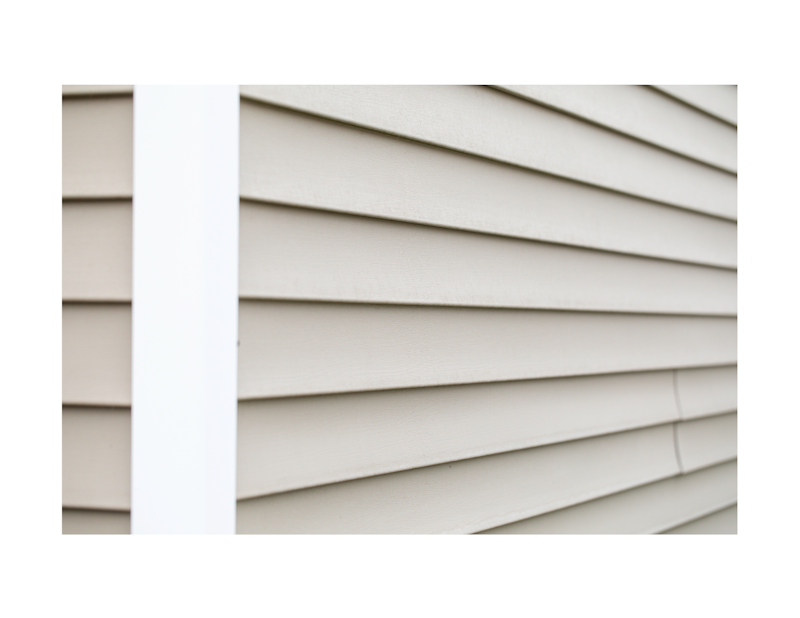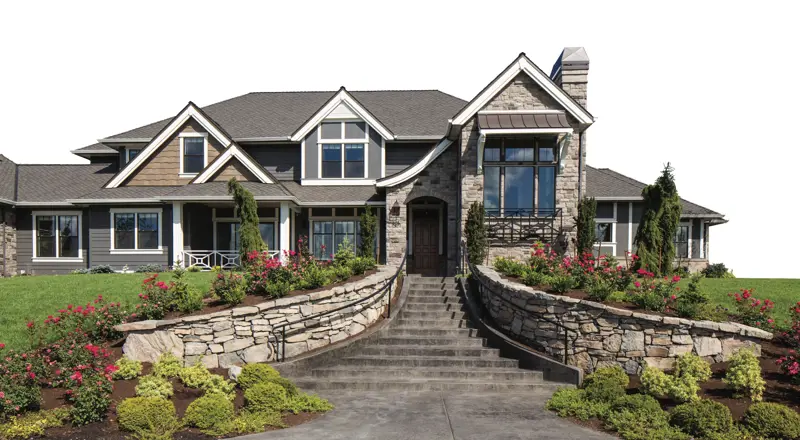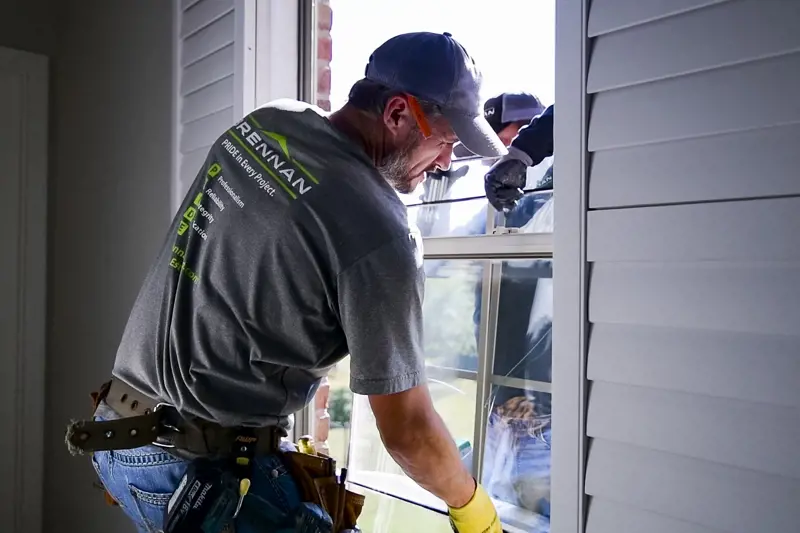
How New Doors, Windows & Siding Save Money on Utilities
Keeping your house at the perfect temperature doesn't have to increase your monthly utility bills. Installing new doors, replacing outdated windows, and updating your siding can keep your house cooler in the summer and warmer in the winter. By making these changes, homeowners can get the best value out of their HVAC. Don't let your savings blow away!
Installing new doors: Coming home to comfort & savings
Replacing your front door with a modern, energy-saving variety is an easy home improvement project that promises reliable returns for your investment. In addition to offsetting municipal utility taxes, a new door looks better and keeps your household safer.
When shopping for a new door, look for one with an Energy Star label. This means it meets or exceeds certain standards set by the U.S. Department of Energy and Environmental Protection Agency (EPA). These doors are designed to be more airtight than standard models and provide better insulation from outdoor temperatures.
The type of material used on a door can also affect its ability to retain heat within a home. Steel and fiberglass are popular as they offer superior thermal performance compared to wood or vinyl options. Steel doors come pre-painted, so you don’t have to worry about repainting them down the road. Fiberglass is often insulated with a foam core which provides even greater protection against temperature changes outside your home.
Creating an airtight seal between the door frame and jamb with weatherstripping and filling any crevices that could let cold drafts in with caulk will help maximize a new door's efficiency. Check all four edges of the door frame for any splits or openings between it and the wall surface to make sure you don't miss anything small.
Finally, make sure you choose quality hardware like locksets, hinges, and handles that won't corrode over time due to their exposure to moisture or extreme temperatures outside. Doing so will help ensure maximum longevity for years ahead and give you peace of mind knowing everything was installed correctly according to manufacturer specifications before sealing up those walls.
Energy-efficient windows: The benefits are easy to see
The best energy-efficient windows come with special features such as double or triple glazing, low-emissivity (Low-E) coatings, argon gas fillings, and warm edge spacers. These materials work together to keep the heat in while keeping cold air out.
Energy-efficient windows provide an airtight seal that prevents drafts and keeps the temperature inside comfortable all year round. In addition, they help improve insulation, which can reduce energy costs by more than 10%.
Double glazing is two layers of glass separated by an insulating spacer filled with argon gas; creating a layer of thermal insulation between them. Low-E coatings also act as a barrier against UV rays while allowing natural light into your home without compromising its efficiency.
Finally, warm edge spacers add additional protection from condensation buildup around the edges of the window frame.
Energy-efficient windows are more expensive than traditional choices. However, they can potentially pay for themselves in many ways. The initial investment may seem high, but the ongoing monthly savings will help offset the upfront cost.
Updated windows also add value if you plan on selling your house at some point. Today's buyers are more energy-conscious than ever before. A house that's already outfitted with the most effective energy-saving upgrades is more likely to sell fast for the best price.
Updated Siding: Increase Comfort & Curb Appeal
Updating your home siding is an effective way to reduce heat loss and improve insulation. All-new siding looks better, lasts longer, and is sure to help reduce your energy bills.
The energy efficiency of all types of siding materials is measured by the R-value. Materials with a higher-rated R-value will provide better insulation than anything with a lower measurement.
When selecting a new siding material, look for one that offers good thermal performance such as wood or vinyl. Search for siding materials that provide an airtight seal to block out moisture while allowing ventilation through the walls of your home. This helps maintain a comfortable temperature inside, even during extreme weather conditions outside.
In addition to improving insulation, updating your siding can also help prevent mold growth due to dampness from rain and snow entering the house. Mold can cause health problems for those living in the home, so it's important to take measures against it where possible. Vinyl or fiber cement sidings are resistant to water damage, making them ideal choices when looking for a durable option that won't require much maintenance over time.
For those who prefer a more traditional look without sacrificing efficiency, a brick veneer can be laid over any form of siding. It provides a thin layer of added insulation but mostly serves to help achieve your desired aesthetic.
Finally, don't forget about color when choosing new siding – lighter colors tend to reflect light rather than absorb it, meaning they'll stay cooler in direct sunlight. Going with a lighter siding color can also help lower cooling costs during hot summer months too.
Investing in the best doors, windows & siding
By making these changes to your home, you can prevent heat loss in a house and save money on utilities. Installing new doors, energy-efficient windows, and updated siding will help keep the hot or cool air inside where it belongs. This means that homeowners won't have to worry about their utility bills skyrocketing due to poor insulation. Making improvements now could pay off for years down the road.
Oops!
We don't currently serve your area but do want to help you plan your project. Try our Build & Price tool to get an idea of window & door costs within DFW. Your area may be higher or lower but at least you'll have some idea of the price.
Thanks for stopping by.









